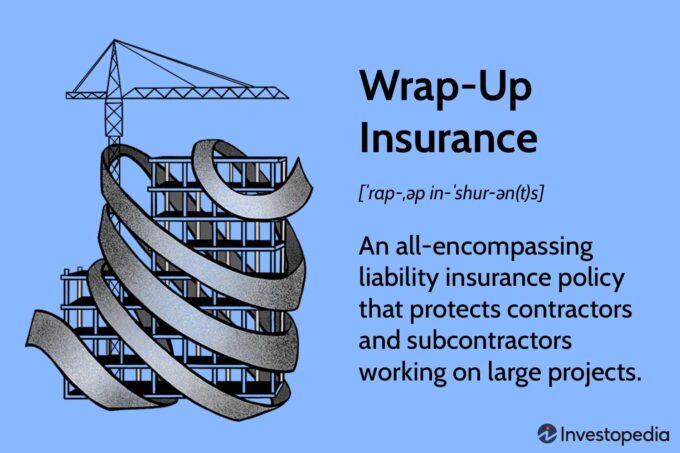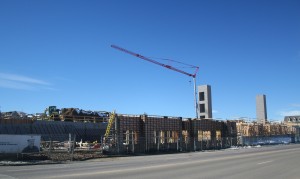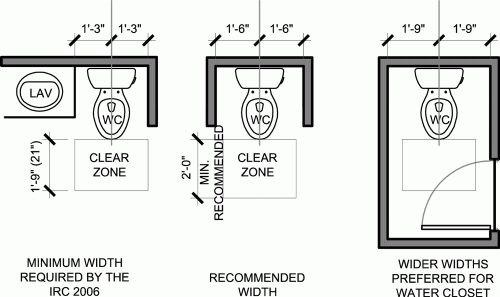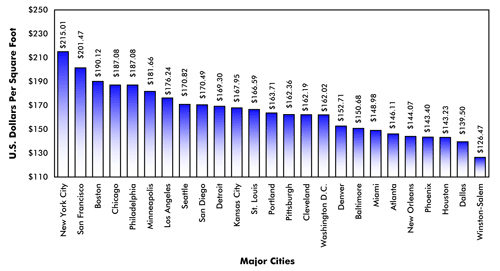Wrap Insurance: Risk Mitigation for Condominium Projects
Condominium development presents unique legal and financial risks. Chief among them is the potential for construction defect claims, which can arise years after project completion. To manage this risk, developers increasingly turn to wrap insurance policies, which offer comprehensive protection to all parties involved.
A Brief History of Condominium Construction Defect Risk
In the early 2000s, the construction industry saw a dramatic increase in construction defect litigation, especially in condominium projects. Plaintiff attorneys began targeting developers, general contractors, subcontractors, architects, and engineers for issues like water intrusion, cracking, and code violations.
Colorado, California, Nevada, and other states experienced a wave of lawsuits that drove many insurers out of the residential market. Developers faced increased premiums or were unable to secure coverage altogether. As a result, multifamily and condominium development slowed in many regions due to unmanageable legal risks and costs.
How Insurance Administers Risk in Construction
Insurance plays a vital role in allocating risk across stakeholders in construction. Traditional risk models rely on each party maintaining their own coverage—a general contractor, architect, and each subcontractor must have their own general liability policies.
However, this can create coverage gaps, conflicting insurers, and finger-pointing when defects emerge. Furthermore, liability policies may exclude residential construction or have high deductibles, offering limited protection.
That’s where wrap insurance becomes an attractive option.
What Is Wrap Insurance?
Wrap insurance—also known as a Controlled Insurance Program (CIP)—is a single insurance policy that wraps general liability and excess liability coverage into one coordinated plan.
It is usually purchased by the developer or general contractor and covers multiple parties under the same policy. This often includes:
-
Developer or owner
-
General contractor
-
Subcontractors
-
Design professionals (with limitations)
-
Sometimes lenders or investors
Wrap policies can be either Owner-Controlled (OCIP) or Contractor-Controlled (CCIP) depending on who procures the coverage.
Key Benefits of Wrap Insurance for Condominium Projects
-
Unified coverage reduces disputes between insurers over responsibility.
-
Negotiating a single premium up front improves Cost control.
-
Broader coverage ensures all trades are protected under a single umbrella.
-
Legal defense coordination becomes simpler and faster.
-
Improved risk management fosters trust among stakeholders and reduces post-project litigation.
Wrap policies often include a 10-year completed operations term, matching the statute of repose for construction claims in many states.
Design Considerations for Developers and Project Teams
Wrap insurance requires careful planning early in the project. Developers must:
-
Budget for the wrap policy in project financing.
-
Coordinate enrollment of all subcontractors.
-
Ensure exclusions in subcontractor coverage are addressed.
-
Confirm the wrap insurer accepts the project location and scope.
It’s also crucial that design professionals understand their inclusion or exclusion in the wrap. Often, architects and engineers must maintain separate professional liability policies, as most wrap policies do not cover errors and omissions.
Impact on Condominium Development
Wrap insurance has enabled the resurgence of condominium construction in some markets. By managing long-term defect risks, developers can take on new projects with greater certainty and fewer legal complications.
For urban infill and affordable housing projects, wrap insurance provides the predictability needed for financing and permitting. It also improves relationships between developers and the broader construction team.
Conclusion
Wrap insurance offers a powerful tool to mitigate risk in condominium construction. As construction defect litigation continues to evolve, having a unified and comprehensive policy helps protect everyone involved.
At EVstudio, we work closely with developers, insurers, and attorneys to ensure our designs align with best practices in risk mitigation. Our integrated architecture, engineering, and surveying teams are experienced in delivering successful condominium projects across Colorado.










